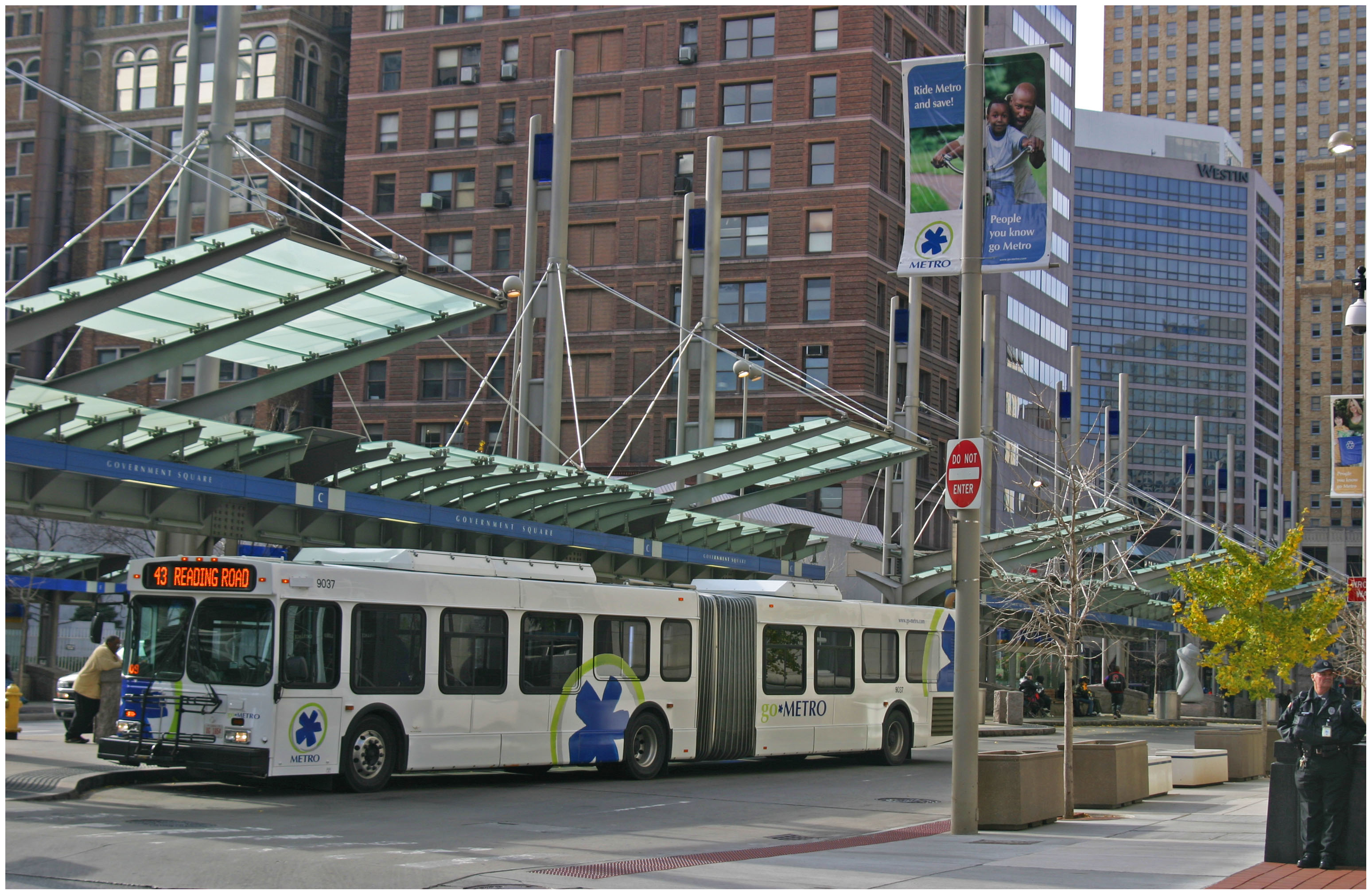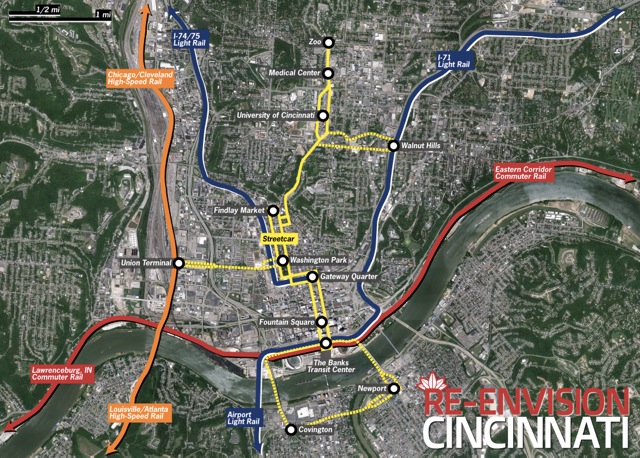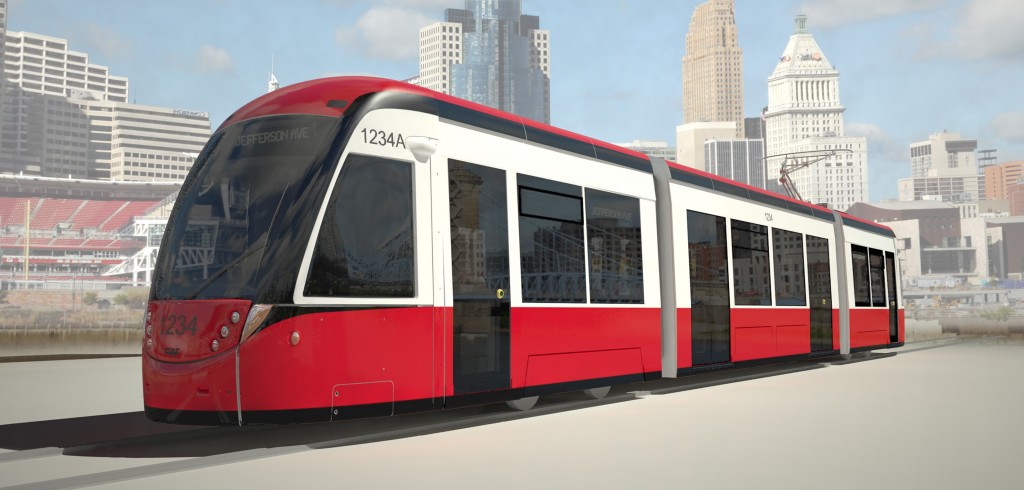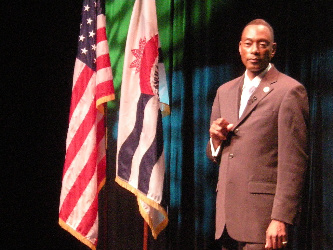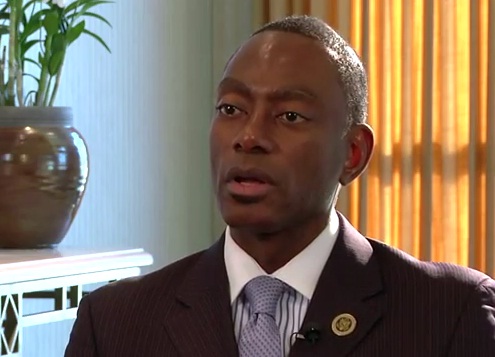Mayor Mark Mallory (D) focused on the positives during his seventh State of the City address, and he challenged Cincinnatians to get involved in projects or policies they want to see become reality.
As part of that challenge, Mayor Mallory identified a formula for success built on five elements – pride, commitment, investment, partnership and promotion.
“Every neighborhood should celebrate its own history,” Mayor Mallory urged during the roughly 47-minute address. “We need to do more to celebrate our history in order to create more pride in Cincinnati. Pride inspires people to commit to improving our city. Pride also gets people to invest in making this city a better place.”
Mallory then turned his attention towards the region’s urban core and defended why his administration focuses so much on time and energy there saying it is the economic engine for the entire region.
“There is no West Chester without downtown Cincinnati. There is no Mason without downtown,” Mallory exclaimed. “There is no sub without the urban…it all works together. A strong and healthy and vibrant downtown Cincinnati benefits the entire region.”
Mallory drove the point home by categorically identifying downtown Cincinnati as a success story which has landed several new headquarters recently, and has seen dunnhumbyUSA grow from a staff of three employees in 2003 to a projected staff of 1,000 employees in 2014.
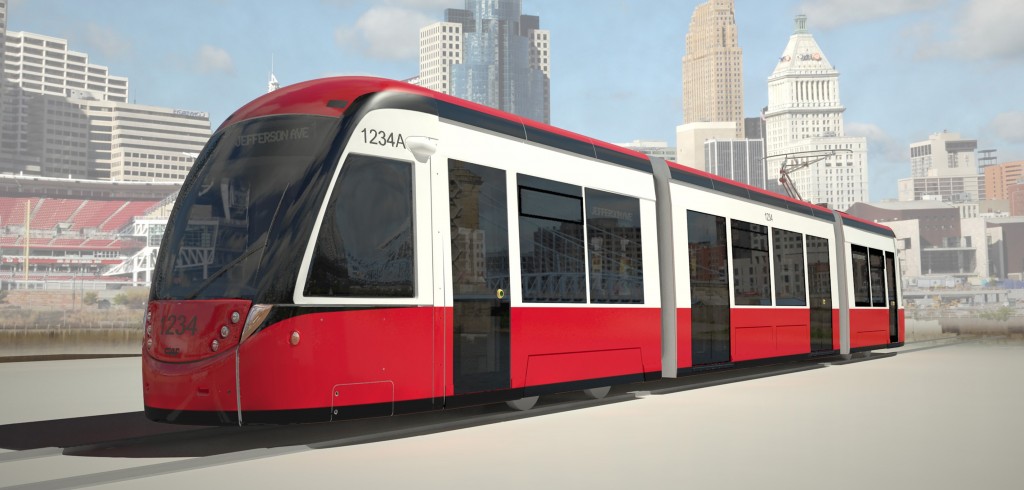
The design of Cincinnati’s modern streetcar vehicles (coloring scheme not final).
The mayor continued by saying that the many companies and residents moving to the region’s urban core are doing so because of the investments being made by City Hall. One of the most high-profile of these investments is the Cincinnati Streetcar, which the mayor highlighted and identified a five-phase expansion plan in conjunction with two regional light rail lines.
The future phases of modern streetcar extensions include a route running from Over-the-Rhine to Uptown, a line running from Uptown to Walnut Hills, a center city loop serving Newport and Covington, and a line extending from Over-the-Rhine to Union Terminal. The two regional light rail lines would service the I-71 and I-75 corridors.
Mayor Mallory then took the opportunity to announce that Spanish-based Construcciones y Auxiliar de Ferrocarriles (CAF) will manufacture Cincinnati’s five initial modern streetcar vehicles at their United States facility in Elmira, New York.
“Before we are even finished with the first phase, we have started work on the second phase,” Mallory revealed. “I have already asked for federal funds to study which route will be used to connect to our assets in the uptown area like UC, the hospitals, the zoo, and the EPA.”
The mayor shifted directions and emphasized the importance of public safety, using recent progress in Over-the-Rhine as success stories.
“It used to be that on Sunday mornings people would come to Over-the-Rhine to buy a week’s worth of drugs,” said Mallory using the Gateway Quarter as his example. “Now, on Sunday mornings, people come to Over-the-Rhine to eat check and waffles at Taste of Belgium.”
Mayor Mallory concluded the speech by highlighting the importance of becoming a more global city to the crowd of more than 350 people.
“In China, they are talking about our emergency preparedness. In Saudi Arabia, people are looking at Cincinnati for potential business investment. In Germany, people are talking about our cutting edge efforts in the area of sustainability. And right now, all over the world, people are talking about the World Choir Games.”
“We have created an international presence, and because of that buzz, we were able to attract the World Choir Games. Make no mistake, this is the greatest opportunity to showcase the city that we have ever had…and we earned it.”
